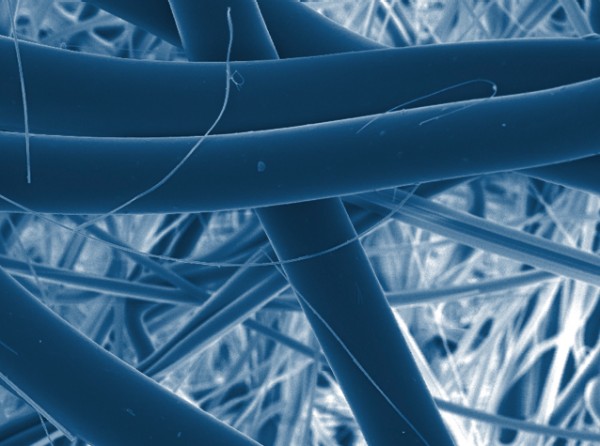Vital Protection for Modern Engines
In a fuel system, each filter performs an important function. Today’s high-pressure fuel injection systems require more efficient and effective fuel filtration. Donaldson primary fuel filtration helps remove water in fuel that can cause significant damage to vital components while our secondary fuel filtration is the last line of defense for today’s modern high-pressure common rail (HPCR) fuel systems.
Primary Fuel Filtration – Stopping a Primary Threat to Fuel
Effective water separation is a primary function of fuel filtration.
It’s easy to focus on hard particulate as the main threat to critical fuel injection components, but water in fuel can cause significant damage, resulting in reduced efficiency, component failure and unplanned downtime for equipment owners – and warranty expenses for equipment manufacturers.

Water in fuel causes rust and other chemical corrosion that can alter injection system surfaces. In high-pressure common rail (HPCR) engines, even the slightest change to a surface can impact performance due to the extremely tight and precise tolerances used by the system to perform its jobs effectively.
Primary fuel filters, also known as fuel filter water separators, use a variety of methods to separate water from fuel. Accumulated water can then be drained from the filter drain valve during recommended service intervals. The primary fuel filter offers low restriction because it’s mounted on the suction side of the fuel pump. This filter also protects the transfer pump from contamination and wear, and typically works in tandem with a secondary fuel filter.
Primary Solutions for Water Management
Primary fuel filters typically have a nominal efficiency of 10–30 microns. For primary fuel filter water separator applications, we offer a number of modular options designed to make fuel/water management efficient in any situation.
Secondary Fuel Filtration – The Last Line of Defense
When it comes to fine contaminant capture, these filters are secondary in name only.
Secondary fuel filters are the last line of defense when it comes to protecting the highly sensitive – and highly expensive – components of today’s high-pressure common rail fuel systems.
Mounted between the transfer pump and the injectors, these filters need to capture very fine levels of particulate contamination in order to prevent damage to highly sensitive components like pumps and injectors. Secondary filters operate under much higher pressures than primary filters, and capture contaminants you often can’t see with the naked eye, working at a nominal efficiency of 4–10 microns. For reference, a human hair is typically 50–70 microns in diameter.
You May Like...




